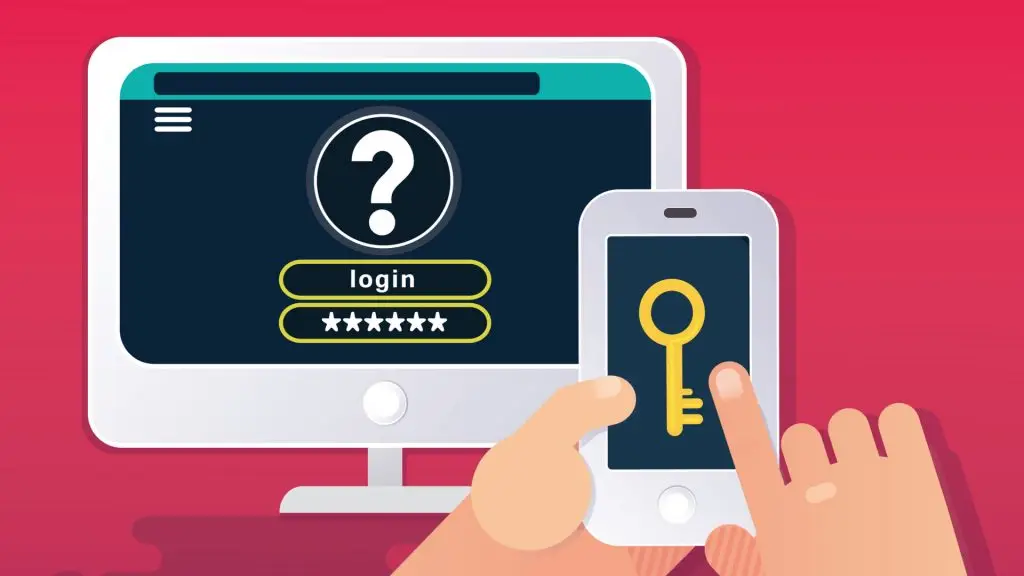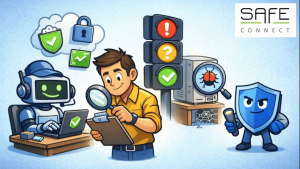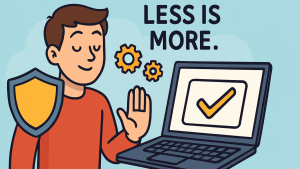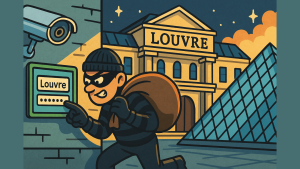Home » Security » Can MFA secure our personal identity?Last...

Can MFA secure our personal identity?
Home » Security » Can MFA secure our personal identity?
In order to work with different programs or websites, we first need to log in. Our login credentials consist of a username and password. Is that password enough to ensure your safety? The answer is no. We tend to be prone to using passwords that are too weak as Michael McIntyre demonstrates in a humorous sketch.
How does MFA work?
Multi-factor authentication (MFA) is a method of verifying a user’s authenticity in more than one way using multiple factors. By combining multiple factors, security in access control can be enhanced. One factor is typically your username and password. It is something you know. The other factors could be something you have or something you are. Adding this second factor is extremely easy for most people to set up and can drastically improve your safety.
- Something you know: your password, a personal question, …
- Something you have (a possession): your smartphone, a keycard, a badge, …
- Something you are (something that is inherent to you): your fingerprint, your voice, face ID, …
Advantages of Multifactor Authentication (MFA):
- Improved security: MFA offers a simple way to improve your overall security. That’s because hackers often want to access employee accounts in order to further steal information from your company. That task becomes a lot harder for them when you use MFA.
- Better protection against password leaks: in case of a data breach, you have a good chance that the hacker still can’t log into your account. Because you own the last step in the authentication process.
- Regulatory compliance: According to the NIS2 directive, organizations should take appropriate measures to protect the identity and access of their users. That includes deploying MFA, for example. Are you also covered by the NIS2 directive and when will it take effect? You can read more about what exactly the NIS2 directive is here.
Working as an Azure Support Engineer at Cats&Dogs
Home » Security » Can MFA secure our personal identity?Last...
The password “Louvre”: why even large organizations forget what basic security means
Home » Security » Can MFA secure our personal identity?Last...



